The nuances of growing lavender outdoors
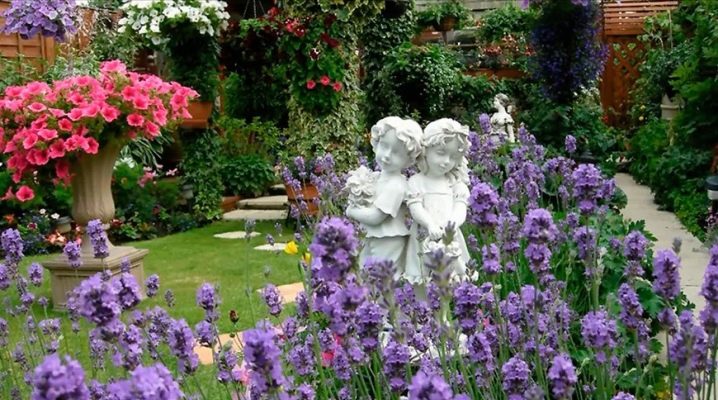
Originally from the Mediterranean, lavender was used by the Romans to scent baths. Lavender comes from lavare, which means "brightness" in Latin. And even the Egyptians covered their bodies with ointments with this flower in the composition.
Today there are over 450 varieties of lavender. Not all of them are scented. Some varieties are great only as ornamental plants, others may not look as impressive, but give off a rich aroma. The article will discuss the nuances of growing lavender.
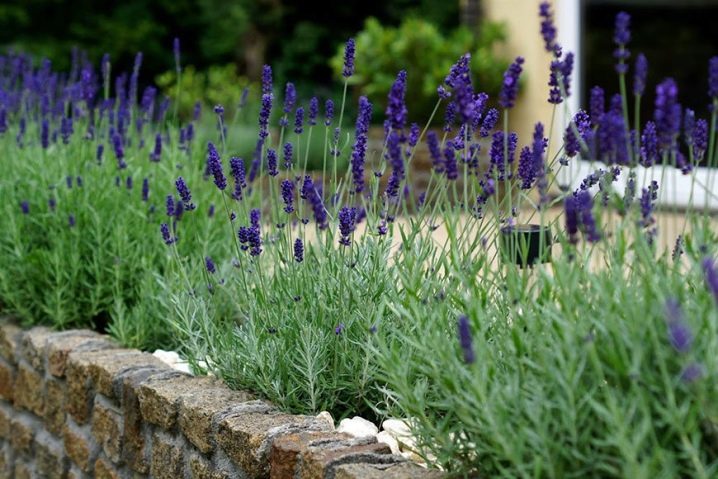
Variety selection
Lavender thrives outdoors. Among the huge number of varieties, some have taken leading positions and have become megapopular.
Among the most fragrant varieties of English lavender is the narrow-leaved one. This species has long been cultivated due to its high oil content. The bushes of this plant rarely reach more than a meter in height, they have narrow small leaves with a gray tint.
They bloom in early summer, they tolerate bad weather and a drop in air temperature, they are unpretentious in care.
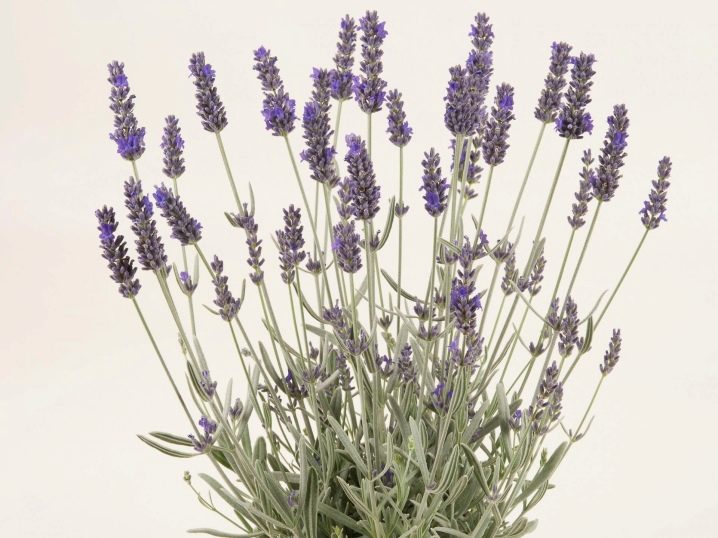
There is a broadleaf plant, which has unique decorative qualities, for which it is appreciated. It stands out with a rich palette of inflorescences and a strong aroma.
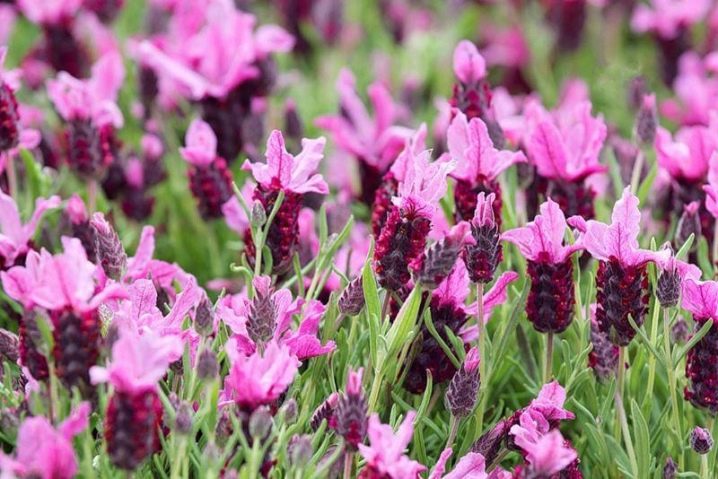
Dutch lavender belongs to hybrids, it is the largest. There are plants growing up to two meters. It blooms in the middle of summer, does not have such good frost resistance as other species. It is she who is grown on an industrial scale.

Jagged lavender prefers warmth, more often it can be found on the windowsill than in the front garden.
It blooms in all shades of purple and has silvery foliage.
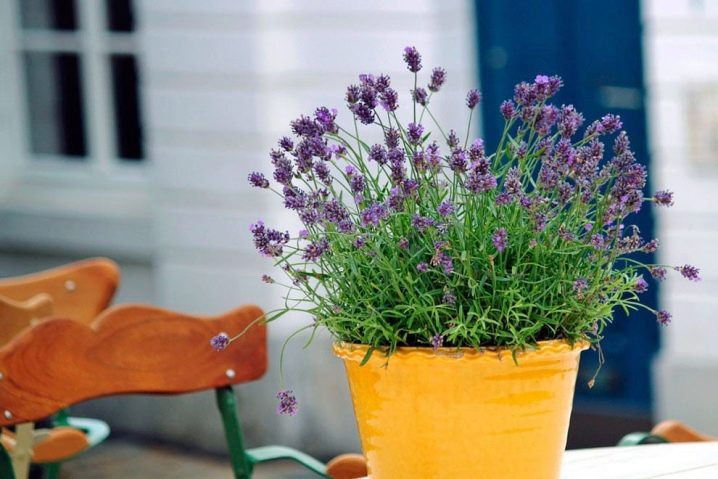
Several varieties are worth noting.
Provence
Popular in France, ideal for making bouquets, because it has long inflorescences, very fast growth.
-
Frost resistance: -25 degrees.
-
Leaves color: dark green.
-
Bloom: June to October.
-
Flower color: light purple.
-
Inflorescence length: 70 cm.
-
Bush height: 90 cm
-
Soil acidity: slightly alkaline.
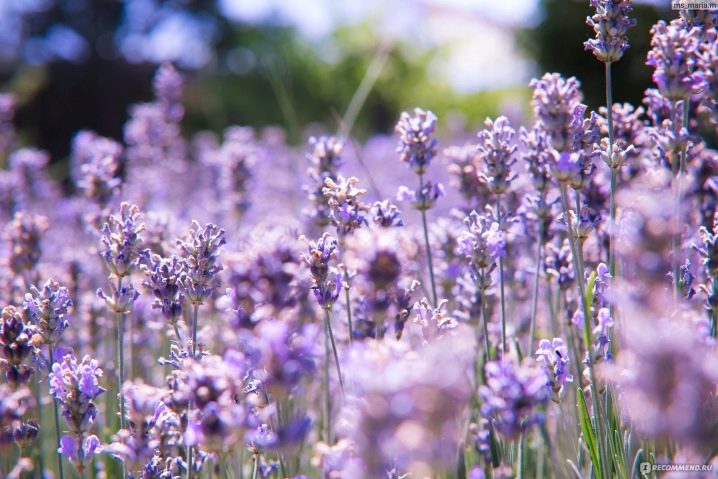
Grappenhall
Who is looking for an unusual, silvery color of the leaves - this is exactly the option. The height of the bush can be up to 100 cm, the variety, due to its color, is ideal for growing on an industrial scale.

Folgate
Looks great all year round. The compact shrub has narrow leaves and very fragrant purple flowers.
It is one of the first flowers to bloom from mid to late spring. The plant is resistant to low temperatures.
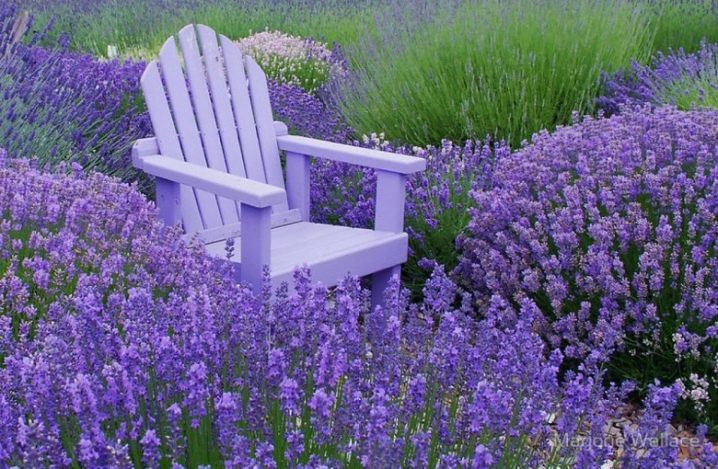
Hidcote
This lavender is prized by most gardeners for its long lasting and pleasant scent, as well as the way its deep purple blossoms contrast beautifully with the evergreen leaf. Hidcote is the ideal choice for low hedges. Great for creating dry bouquets because it retains its color. It blooms once in late spring or early summer.
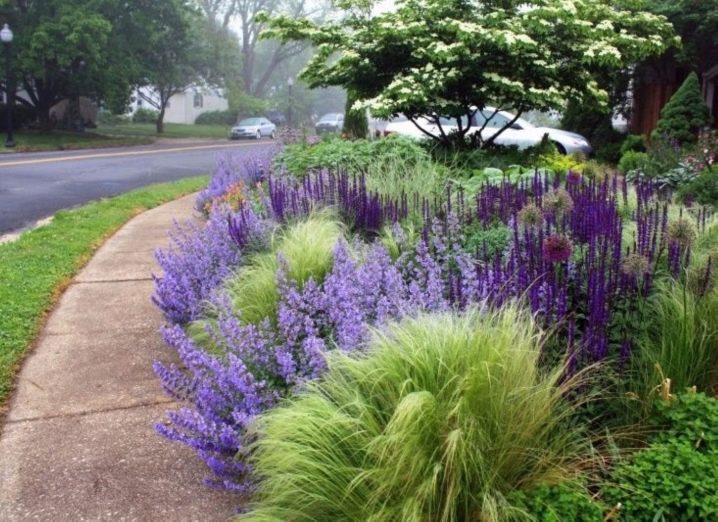
Munstead
A compact, highly fragrant bush with pink flowers. Bred in 1916. This small variety grows well in containers. It blooms twice in late spring or early summer.

Royal velvet
Shrub lavender of this variety is attractive for its velvety, dark blue flowers.
Incredibly fragrant, appreciated by gardeners for its fast growth, long flowering.
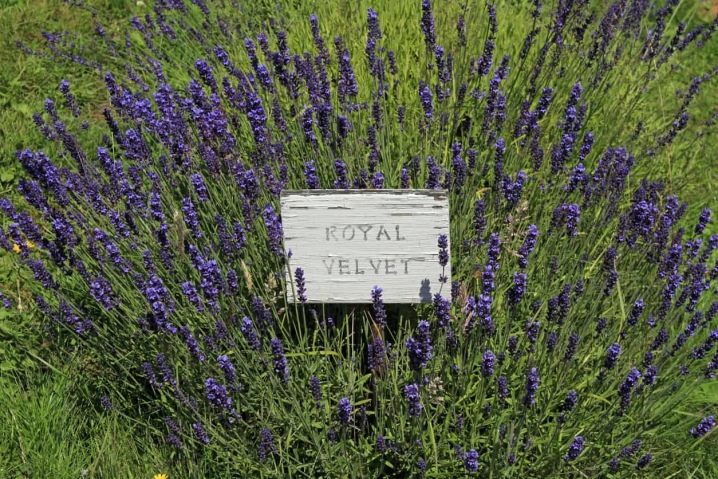
Where can you plant?
To get healthy lavender, you need to provide it with certain conditions for growth.A sunny, draft-free location ideal for culture.
The soil should contain a lot of calcium. The soil on the site should not be acidic, it is better when it is well permeable. If it is loam, it is worth adding sand or gravel to it, which are good drainage. Stagnation of moisture in the soil is detrimental to this flower.
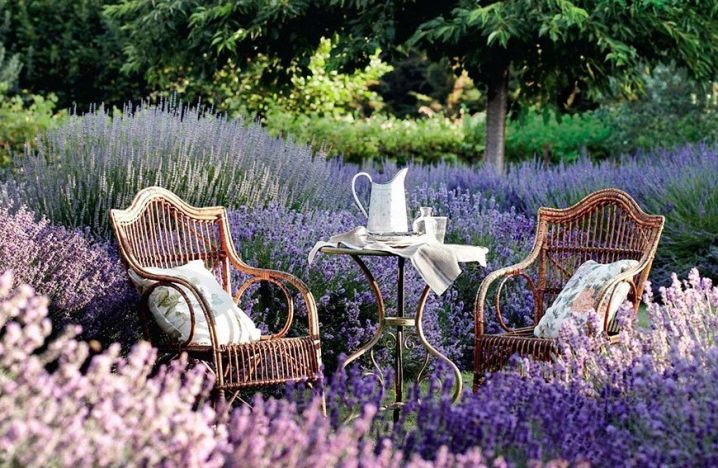
How to plant correctly?
Planting lavender on a plot or garden is a responsible process. You can grow healthy plants from seeds, or transplant seedlings from a pot.
Young plants are planted according to the scheme 60x30 cm, if a hedge is to be obtained, then the first indicator is reduced to 30 cm.
Planting lavender in the ground is best in April or October. The easiest way out is to use ready-made seedlings from a container, which can be purchased at gardening stores.
Regardless of where we grow the plant, in the garden or in a pot on the balcony, it is better to take care of good drainage. You can use expanded clay or finely broken brick.

Lavender can also be grown from seeds. It is most convenient to sow them directly into the ground. In order for the seed to sprout well and evenly, it should be exposed to low temperatures. Therefore, it is better to sow in the fall, and if the procedure is carried out in the spring, then the seeds are necessarily subjected to the process of stratification, that is, they are cooled. There is nothing difficult in carrying out the procedure at home: just mix them with sand and refrigerate them for several weeks. There are no other special rules.
In summer, all care for lavender is reduced only to pruning and watering, planting with bushes or sowing seeds is not worth it. In order for lavender to bloom beautifully in due time in May, fertilizers are applied to a very light soil. If the seeds are planted in small pots, fill them with peat mixed with sand and humus. We install containers in a bright place at a temperature of about 20 degrees Celsius.
Lavender needs soil that is well-drained, high in lime, best alkaline with a pH of 6.5-7.5. If the soil on the site is acidic, before planting lavender, you will need to mix it with lime or dolomite flour.
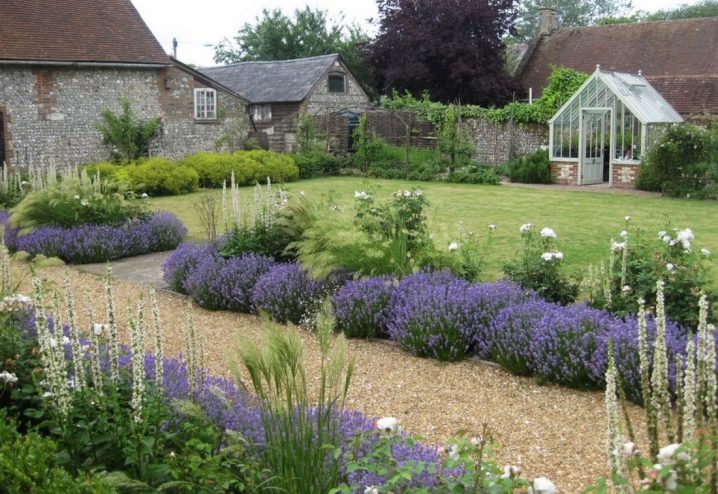
Pruning features
Regular pruning is required for lavender bushes to take on their unique appearance. It must be done according to the rules.
Timing
If the pruning is carried out by the gardener correctly, then the lavender bush takes on the desired spherical shape and begins to bloom profusely. Shoots are cut by 1/3. It is better to carry out this procedure in the spring. When the inflorescences lose color, they must also be cut off.
However, you should not prune the plants in the fall, because then the lavender will release new shoots that will not survive the frost.
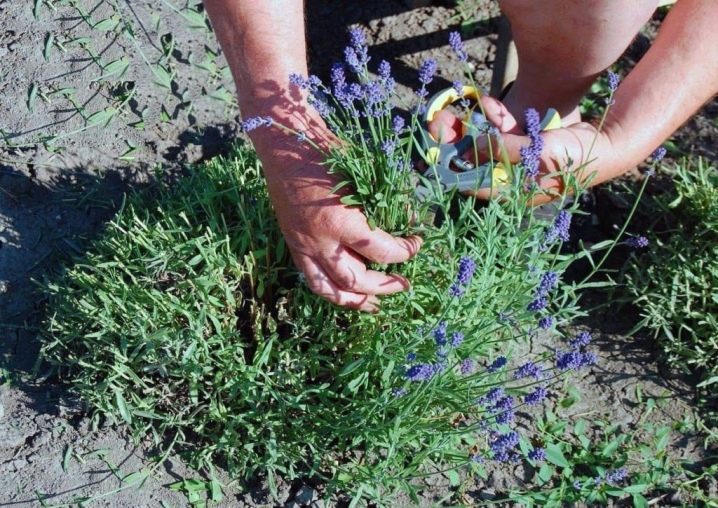
Technology
Caring for lavender is not overly difficult. Young plants are cut in half in the first year of growth. This is done in order for the lavender to release many new shoots at the base, forming a dense crown. Sick or broken sprigs of lavender are removed in the spring. The rest are cut to give the plant the correct shape and stimulate the formation of new branches.
Pruning old plants too low (too close to the ground) can result in the lavender not releasing more new shoots and dying. Later, in the summer, immediately after flowering, the dried inflorescences are cut off along with a 5-centimeter stem fragment.

Top dressing
When feeding lavender, it is better to avoid universal preparations and focus only on specialized fertilizers that will provide a balanced mineral composition adapted to the plant's requirements. Correctly selected top dressing will allow you to achieve lush flowering and intense aroma in any lavender variety. It also increases resistance to adverse weather conditions.
In spring, lavender should be fed with compost or mineral mixtures. It is recommended to use a lower dose than indicated on the package.
Fertilizer for lavender should contain the main macronutrients: nitrogen, phosphorus and potassium in the right proportions. It is important that there is a lot of potassium, which is necessary for abundant flowering, and phosphorus, which helps in the development of the root system. Other micronutrients are responsible for proper growth and disease resistance.
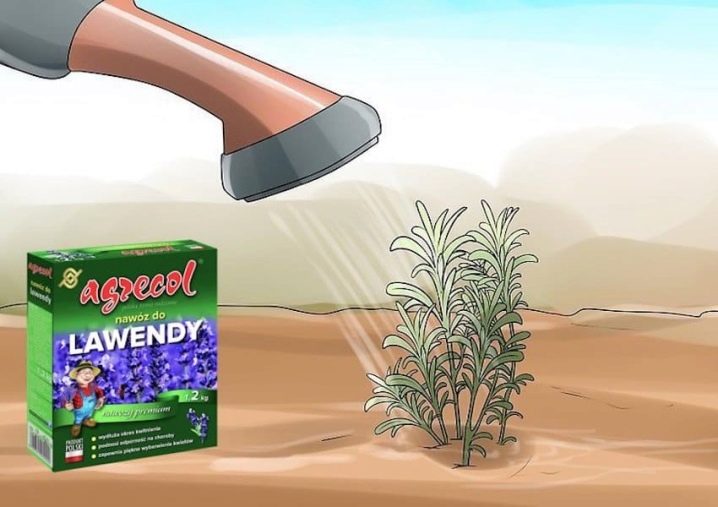
Reproduction
Lavender seedlings can be obtained from seeds, shoots, cuttings, or by dividing a bush. It is advisable to plant young bushes in spring or early autumn, so that the plant has time to take root before winter. If we managed to collect the seeds, we plant them directly into the ground to a depth of 1-1.5 cm.Lavandula obtained from seeds in spring can be dived in the same year when the bushes reach a height of 5 cm.Plants from autumn sowing should be protected from frost for the winter , therefore, they are removed into the house, and in the spring they are transplanted to a permanent place.
Collecting lavender seeds is not always successful. You can get cuttings from shoots. To do this, in the summer, the tops of the stems are cut off, the lower leaves are removed and immersed in Kornevin. A few days later, they are planted in a pot with fertile soil. It is advisable to buy the mixture in the store, since it has an ideal composition. In the fall or spring, lavender is transplanted to a permanent place.
To get young bushes from layering, the lower shoots should be pressed to the ground, the central part should be covered with earth, fed with compost, and the moisture of the soil should be taken care of. So that later the plant grows straight, and does not crawl along the ground, the upper part of the shoot must be attached to a vertical support. When the seedling is ready, we separate it from the bush and transplant it.
Propagating lavender by dividing the bush is even easier and faster. A perennial plant is chosen, healthy and strong, and divided by two from the root. Each must have a well-developed root system so that they can normally take root in the ground.

Wintering
Although the newer varieties of lavender are quite frost-resistant, it is best to cover the plants with, for example, twigs of spruce branches before frost sets in. Most often, this plant freezes during spring frosts, so the shelter is not removed too early.
In autumn, compost should be scattered around the lavender, and in the spring, remove the excess. And also the ground is covered with straw or dry leaves, and the crown is covered with burlap.
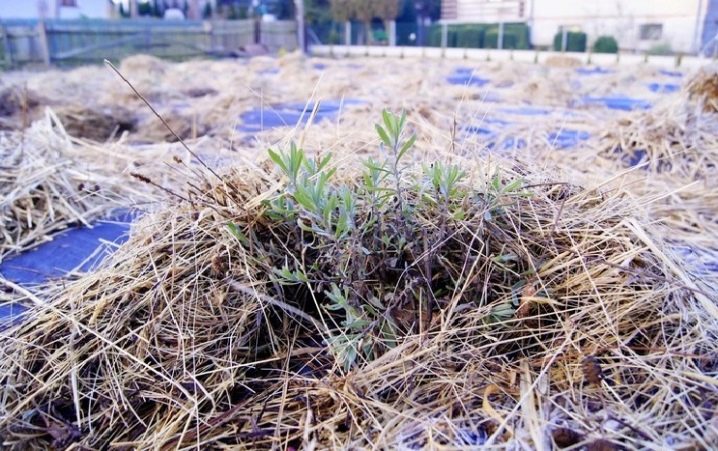
Growing tips for different regions
Lavender is resistant to diseases and pests, the only thing that can harm it is too much moisture in the soil, which contributes to the development of mold and mildew. In southern Russia, the main plant care is abundant and timely watering and pruning. It is warm enough here, so lavender does not need shelter for the winter.
In the Urals and in the Leningrad Region, in order to grow a beautiful lavender in the country, you will need to cover the bushes with spruce branches, otherwise they may freeze slightly. This rule especially applies to young plantings.
Lavender grows and blooms beautifully in the flower bed and in the garden, but it needs to be properly cared for, regardless of the region. For planting, it is worth choosing a place with light soil, or organizing high-quality drainage through which excess water will leave. It is best to use slow-release organic mixtures for feeding, but do not exceed the dose.
This plant has special requirements for light. A suitable place is where most of the day she can enjoy the sun's rays. For example, in regions with cool summers, it is worth planting it on a small hill, or on a high flower bed.

Examples in landscape design
Lavender is a versatile plant for decorating a summer cottage. It is actively used by landscape designers, because it blooms for a long time and beautifully. Here are some examples of how this plant can beautify your yard, garden or flower bed.
Perfect combination in the same flowerbed with other plants. The main thing is to land her in small groups.
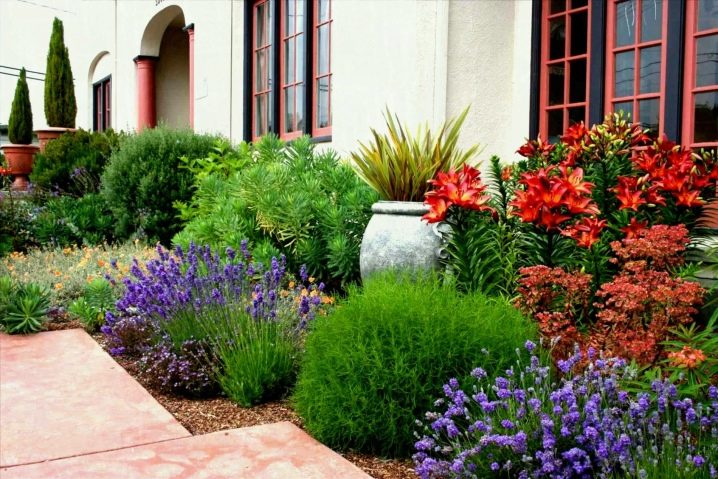
Lavender goes well with tulips in a linear planting.
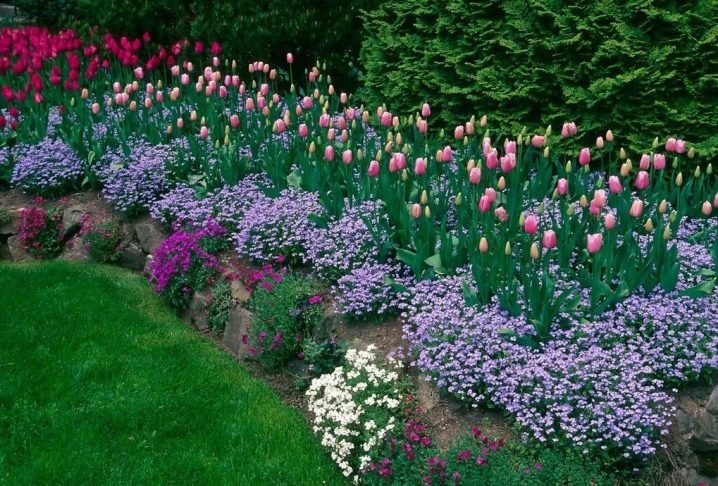
A perfect example of a small monochrome flower bed.








































































































The comment was sent successfully.